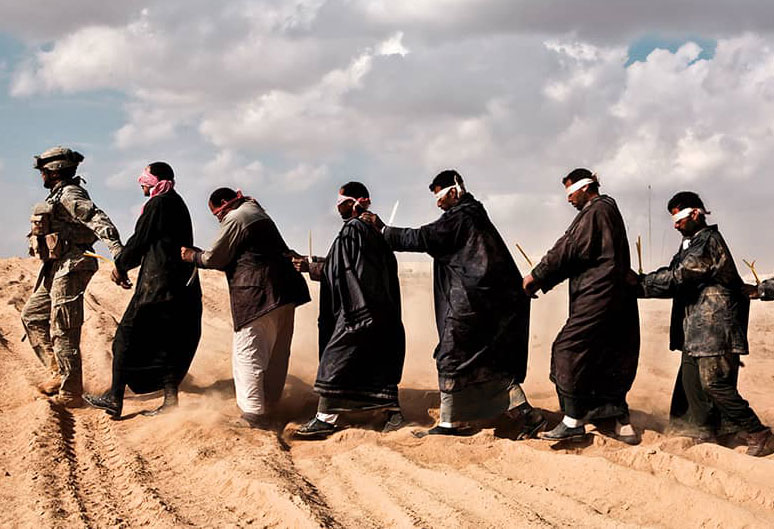How much can change in six months. When we got in touch with Guardian photographer and filmmaker Sean Smith to see if he’d be interested in a ProFile on the blog, the year 2019 was coming to a close and the December election was weeks away. People were already making predictions for what 2020 might look like, and it seems likely that pretty much all of them were very, very wrong.
We originally spoke to Sean because he was in trying out the new Sony A9 II – its whip-fast autofocus and sophisticated tracking makes it ideal for his kind of work, where a matter of split seconds might be the difference between getting and missing the critical shot.
We were able to set Sean up with an A9 II and appropriate lenses to try out, and after a few days, we checked in with him to see how he was getting on with it. While we had to hit pause on our content for a while due to the onset of COVID-19, this is the kind of question that photographers are very much still wrestling with today. So let’s find out a little more about Sean’s experiences with the Sony A9 II…
Thanks for talking with us, Sean. What are you working on at the moment?
I’ve been working on a feature on Corbyn. It’s coming out on the 30th [November], I think, but it’s from earlier, before the election was called, with a little bit from now. I’ve been to Liverpool, Telford – will probably go up to Lancaster tomorrow.
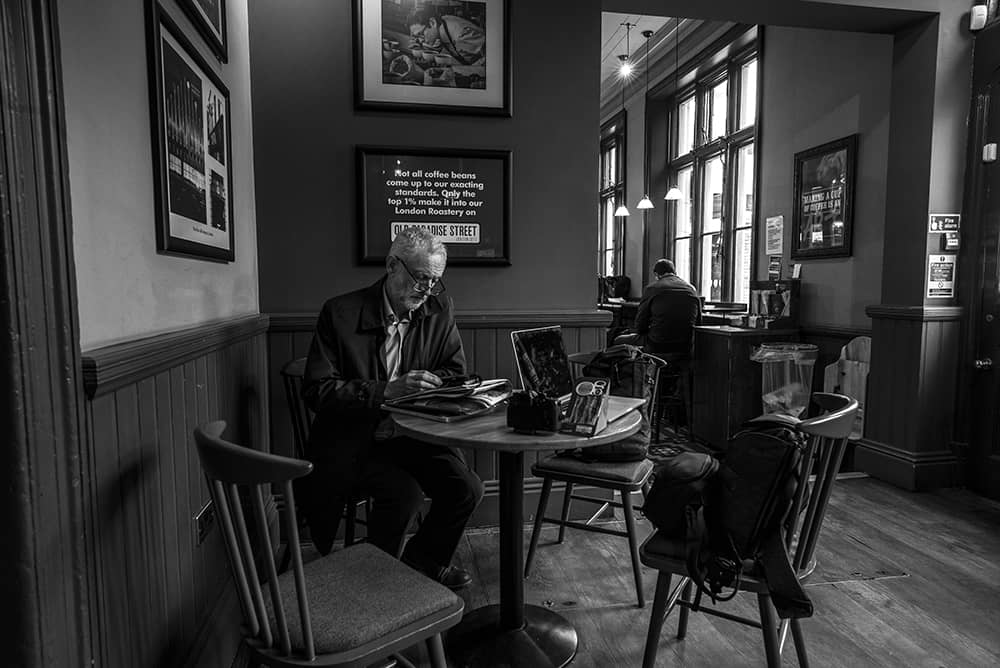
And you’ve been trying out the Sony A9 II?
I just started with it the other day.
What are your impressions?
I think I’m convinced.
Were you not expecting to be?
No [laughs].
I mean – I knew [Getty photographer] Chris Furlong had started using it, then I talked to [PR and editorial photographer] Jeff Moore about it, and then I went on a trip to Turkey with it, and that was when I started changing my opinion.
Normally cameras come out over the years that change things a bit – they’ve maybe got quicker processing, or a big change to the autofocus, but the principle is that you can pick it up and start using it. And while you can do that with the Sony, there’s much more getting used to it.
What actually got me was [sports photographer] Bob Martin talking about hating the electronic viewfinder to start with, but now really preferring it. And that made me think, I’m gonna have to get my head around this, I’m going to have to learn a little bit, and it’s going to be significantly different, but if people like Bob can see the advantages of it, I’m a little more open to it.
Definitely the autofocus tracking and the eye stuff [Eye AF] works a lot better than other cameras, so if you’re going to be doing something using a lot of autofocus, it seems like a good camera to go with.
Think you’ll stick with it?
I think I probably will. I’m using two cameras at the moment – a Canon and a Leica manual-focus camera for completely different things. I’m not doing much news stuff at the moment, but I do need to use longer lenses and I’ve got a job coming up in the new year that I can see the A9’s silent shutter being being very useful for. I wouldn’t view it as a replacement for the Leica M; it’s horses for courses. But I could see myself using it instead of the Canon, and trading in my Canon stuff.
You’ve done some interesting projects throughout 2019, like your work in Baghdad, among others. Any personal highlights?
This year? Awful year. I’ve done hardly anything [laughs].
I mean, Baghdad is an interesting case in point. I took the Leicas there – I didn’t have a press permit, had to get it a few days later – and if I’d had the other cameras, I probably would have had them get impounded. You have to have a list of equipment to take in, which has to go through a press centre. Video cameras they’ll immediately stop, and fancy-looking SLRs and that kind of thing they’ll quite often impound until you get your permit.
But anyway, I’ve been spending a reasonable amount of time on the Corbyn thing on and off throughout the year. Hopefully it’ll look okay when it comes out in the magazine.
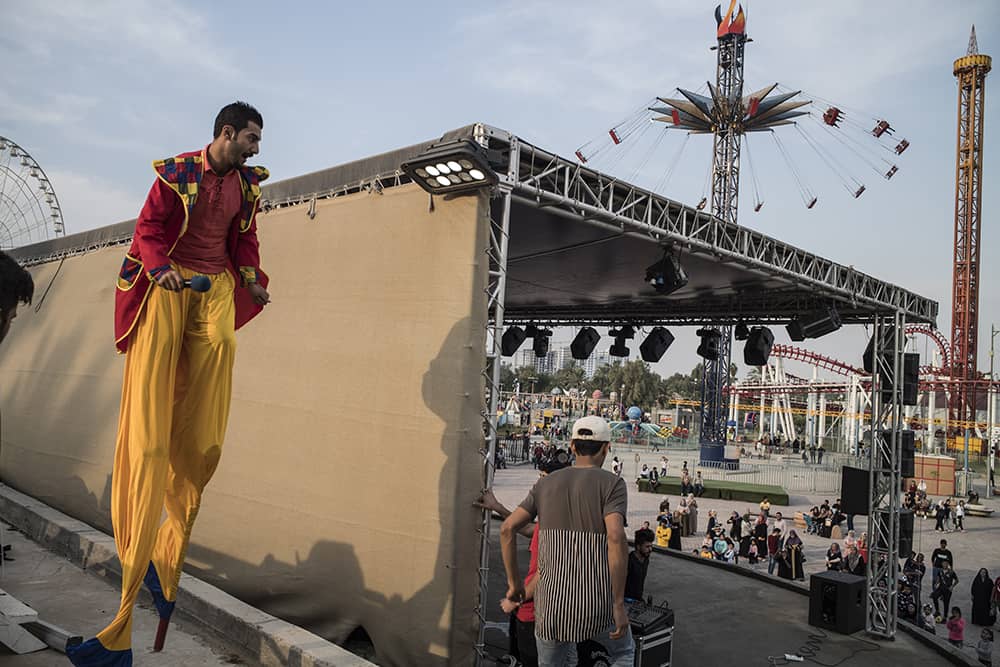
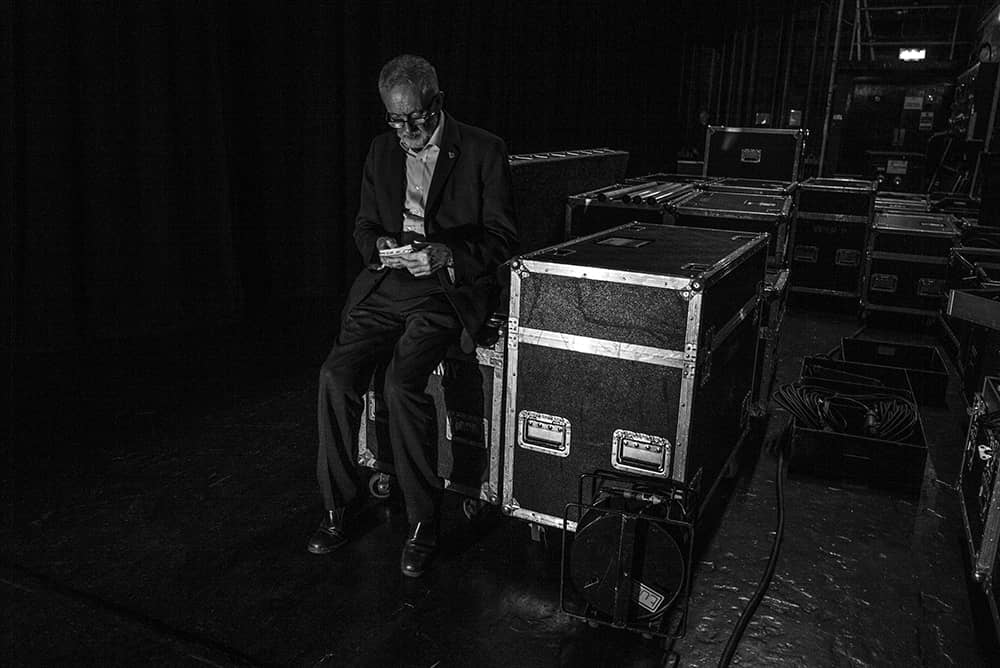
Were you trying to do something different with it?
Yes, I was trying to get something a little bit different, following him on and off with varying degrees of success and cooperation. They [the Labour Party] are fairly guarded, understandably, as they’ve not got many supporters in the media. Strangely, every time they get upset about something, which is usually to do with something someone’s written, they tend to blame the photographers, who aren’t really anything to do with it! They don’t say outright, “We’re blaming you for this.” But the shutters come down again and it gets harder, and you’re like, have a go at the writers, not the photographers!
Have you seen much change in terms of political access or hostility to the press and photographers in recent years?
I think because of the unparalleled level of hostility to Corbyn since his election as party leader – most of the papers, including the Guardian, weren’t exactly in favour – I can understand the urge to close ranks and try to do everything through social media.
Blair was much more open to favoured press and favoured journalists. General elections have become very different to when I first started covering them – you’d have lots of stopping and campaigning in fairly public places, going through shopping centres. It was much more accessible to the public, and therefore to photographers. That completely started changing around the last election, though I think this one may be a bit like going back a bit in time. I think they will all have to get out and meet people who aren’t all hand-picked.
Do you like covering this kind of thing – elections and politics?
Not really [laughs]. It’s the teams minding people that tend to be more difficult than the actual politicians themselves. But I’ve sometimes enjoyed covering Corbyn. I preferred it earlier when there was less interest, and some quieter moments, but I think I’d rather be covering some other events.
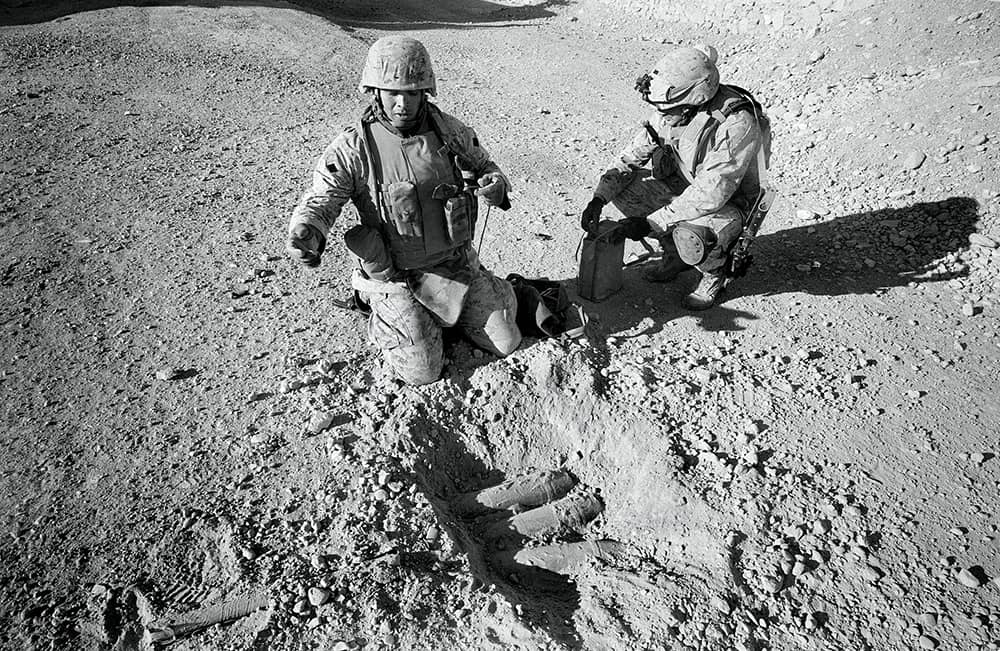
So do you have any dream subjects, things you’d like to cover but haven’t?
Not really, I’d just like to carry on doing the kind of things I have been doing, trying to tell the stories of ordinary people in difficult circumstances.
The stuff that doesn’t get enough attention?
I don’t think it does. The press talk more and more about how they supposedly want to give those things attention. That doesn’t seem to be the case to me. Some of the international conflict stories I’ve covered are not divorced from politics in this country, or in America or in Europe for that matter. So I think they should be looked at. But, you know, things cost money. I don’t know what I’ll be able to do. It depends whether they’ll give me the money or let me do it!
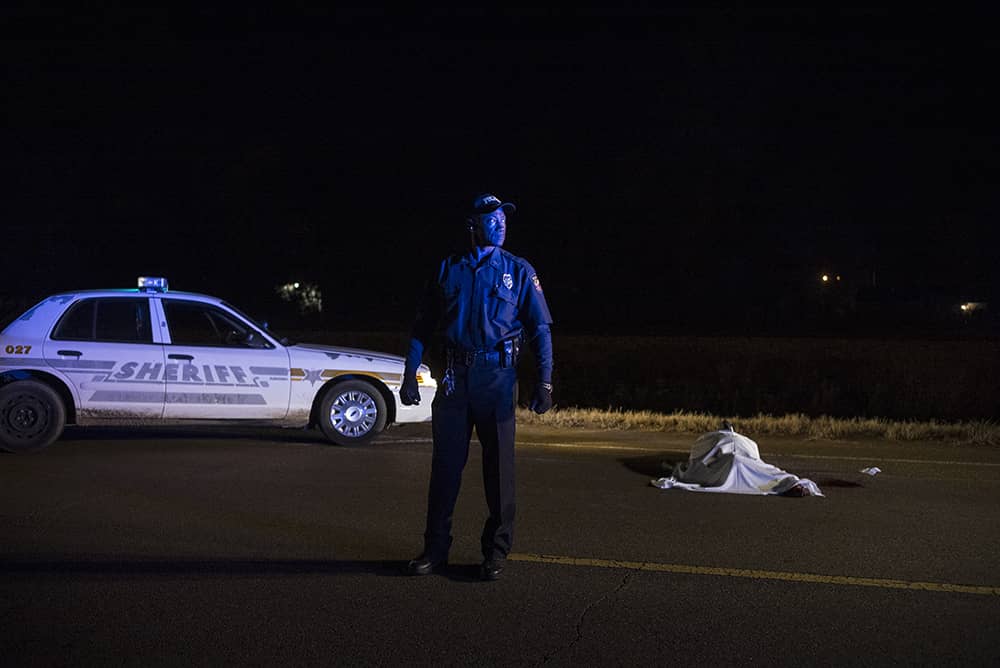
How much autonomy do you have in what you cover?
The times I’ve got editors’ support to do conflict stuff, it was usually not with support from the picture desk. Corbyn was something I put forward. I thought, agree with him or don’t agree with him, whether he succeeded or lost, it’d be an important debate about two different ways the country should go forward. No one was very keen on that. but I did it. I don’t think I’ve ever done anything that I thought was worthwhile where people were saying, “Great, go and do that.” I think with every single one there’s been an opposition from people, saying, “What’s the point, we can get this from here, we don’t need to do it.” It’s never been, “Yes, go ahead and do that.”
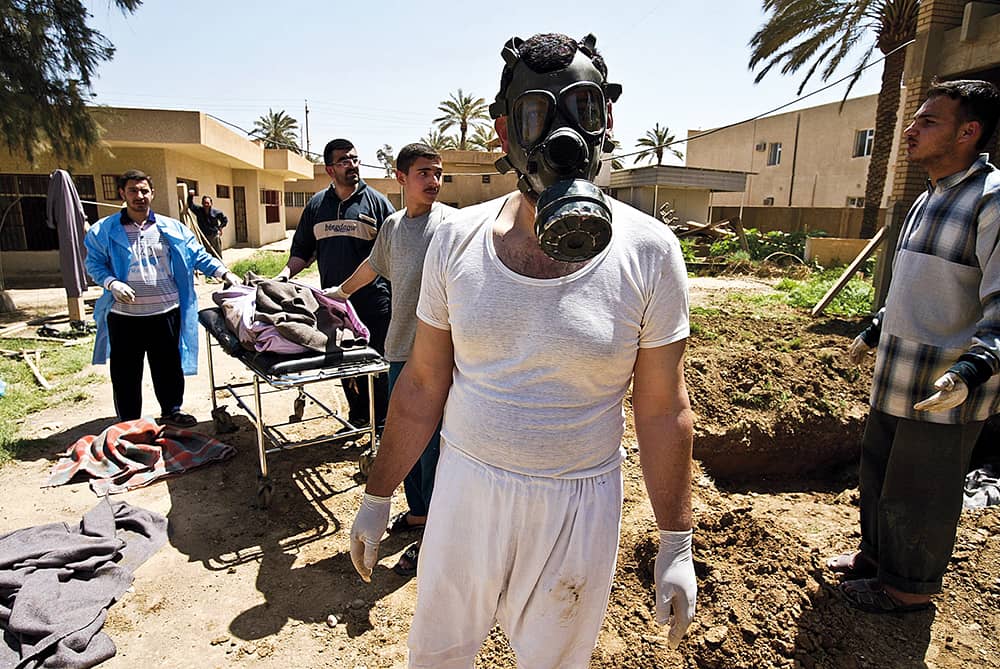
Do you have a project you’re proudest of?
I’m glad I persisted in covering Iraq. I’m glad I was there before the invasion. I think it was a watershed moment in terms of foreign policy. Not just for this country – the narrative that we were being told for a long time was that it was all a rip-roaring success with a few little difficulties. I thought my job as a photographer was to go and have a look, see what was happening. Certainly quite a bit was happening. And the same with Afghanistan.
I’d like to be covering that stuff again. I’d like to be talking to people, trying to let people talk, and taking pictures.
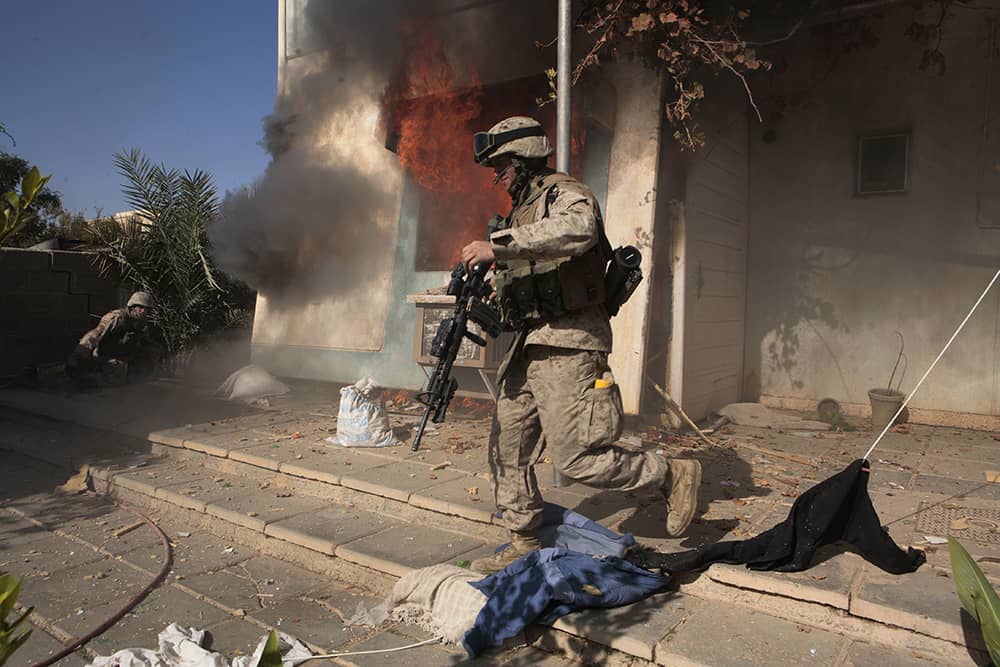
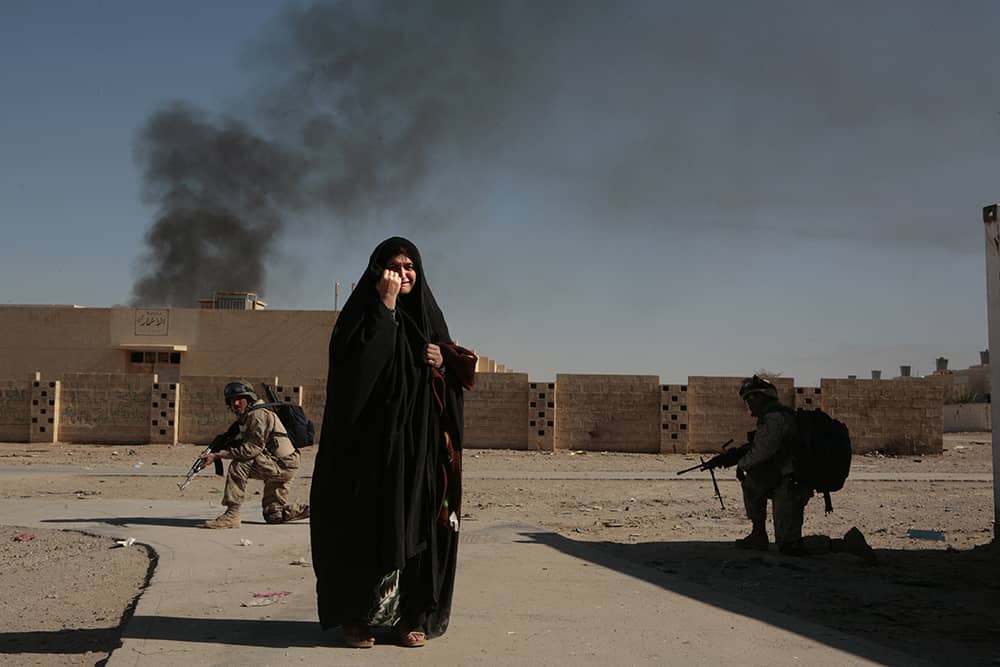
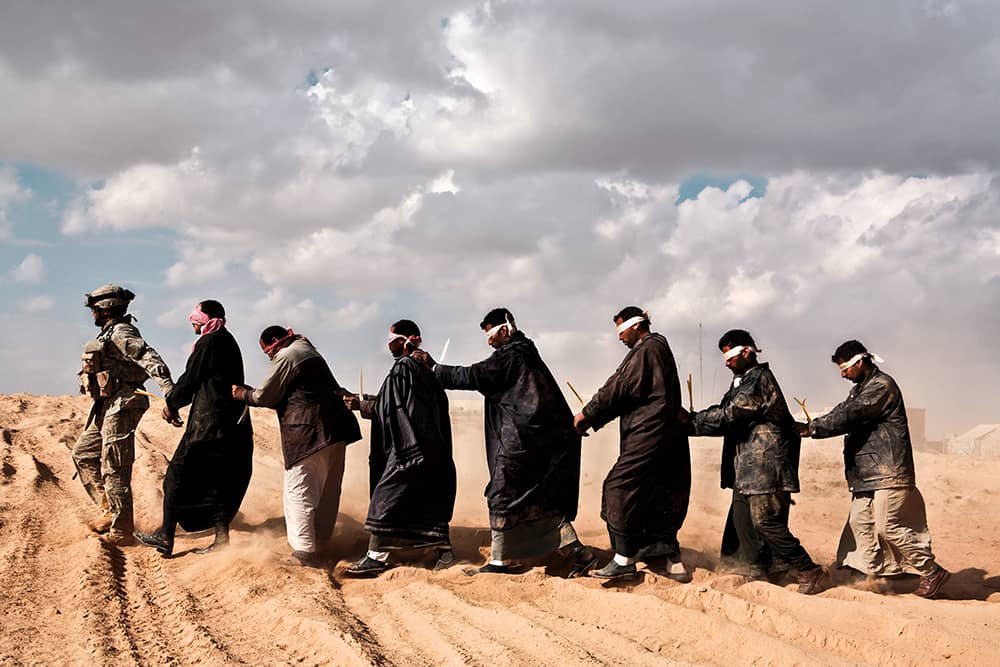
This photo subsequently won the Photograph of the year in the 2006 Press Photographer’s Year awards.
Photo Sean Smith
You can see more of Sean’s projects over on his profile page on the Guardian, and follow him on Twitter. Copies of Sean’s book, Frontlines, are available from the Fixation showroom.
Guardian articles:
Sean’s photo essay on the Corbyn election campaign.
Feature on Tchula, Mississippi.

